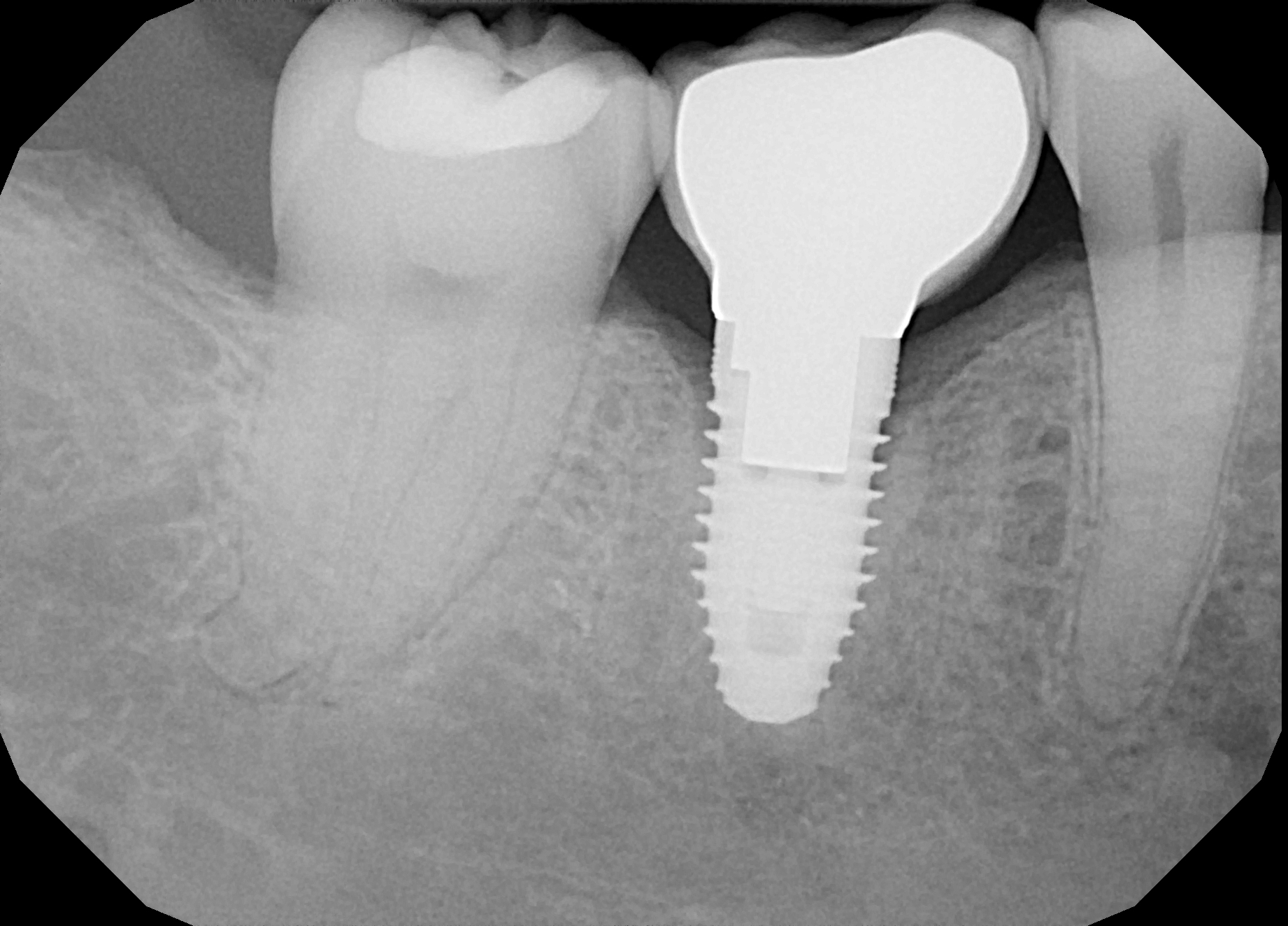 With over a billion performed each year, dental X-rays are a common diagnostic tool used in dental exams to help determine the state of your oral health. With any kind of dental X-ray, many of us have questions such as “Are dental X-rays safe?” “What about dental X-ray radiation?” “How many should I get?” and more. We’ve put together these questions and answers to explain everything you want to know.
With over a billion performed each year, dental X-rays are a common diagnostic tool used in dental exams to help determine the state of your oral health. With any kind of dental X-ray, many of us have questions such as “Are dental X-rays safe?” “What about dental X-ray radiation?” “How many should I get?” and more. We’ve put together these questions and answers to explain everything you want to know.
Your 8 Most Frequently Asked Dental X-ray Questions—Answered
At Penn Dental Medicine, dental X-rays are used for conditions that cannot be identified by only examining teeth, gums, and mouth. They are ones that can’t be seen by the eye alone. But we understand our patients can be a little nervous about the procedure. Here are the most common questions asked and our answers.

